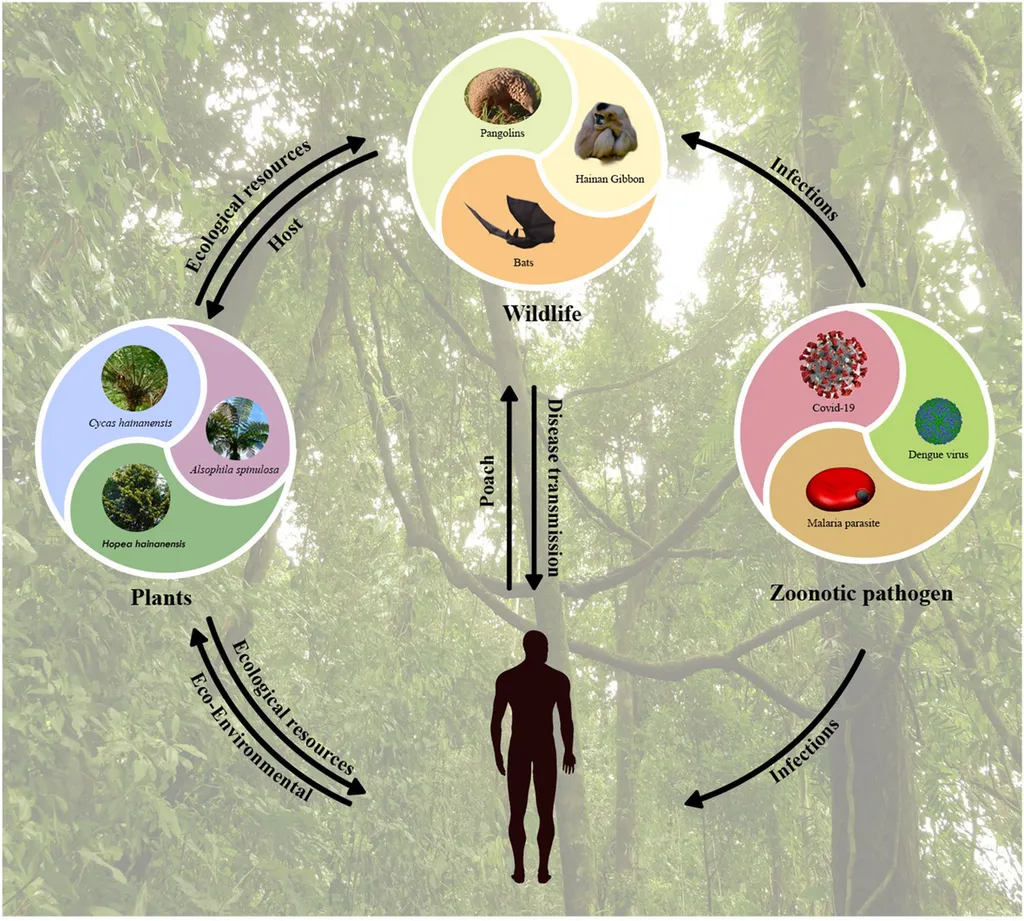In the heart of Hainan University’s Key Laboratory of Green Prevention and Control of Tropical Agriculture and Forestry Disasters, a team of researchers led by ShiYing Liu has uncovered significant insights into the cellular damage induced by cyantraniliprole, a widely used insecticide in rice cultivation. Their study, published in the journal *Ecotoxicology and Environmental Safety* (translated as *生态毒理学与环境安全*), sheds light on the complex interplay between genotype, environment, and cellular apoptosis, offering a nuanced understanding of the insecticide’s ecological impact.
Cyantraniliprole, a potent insecticide, has long been a staple in agricultural pest management, particularly in rice fields. However, its potential to induce cellular damage in non-target organisms has raised concerns. Liu’s research team set out to decipher the mechanisms behind cyantraniliprole-induced cell apoptosis in zebrafish (Danio rerio), a model organism often used in ecological studies.
The study employed advanced statistical modeling techniques, including Split-Split-Plot analysis and Genotype × Environment Interaction analysis, to dissect the factors influencing apoptosis-related gene expression. The findings revealed that exposure time, concentration, genotype, and their complex interactions significantly impacted the expression of key apoptosis-related genes. Notably, the genotype progressively emerged as the dominant factor in cyantraniliprole-induced apoptosis, while the concentration of the insecticide had minimal effects, ranging from 3.25% to 14.75%.
“Our research highlights the critical role of genetic factors in determining the susceptibility of organisms to environmental toxins,” said Liu. “This understanding is crucial for developing more targeted and ecologically friendly pest management strategies.”
The study identified several key regulators in cyantraniliprole-induced apoptosis, including TNF-α, p53, caspase-8, Bax, and puma. Molecular docking experiments demonstrated a high affinity between these proteins and cyantraniliprole, suggesting a direct interaction that triggers apoptotic pathways. Immunosorbent assays further revealed a significant dose-dependent elevation of pro-apoptotic proteins, with Puma and Bax showing potential as diagnostic biomarkers for assessing cyantraniliprole-induced cellular toxicity.
The implications of this research extend beyond the laboratory. For the agricultural and energy sectors, understanding the ecological impact of widely used pesticides is paramount. As the global population grows and the demand for food and bioenergy increases, the need for sustainable and ecologically responsible agricultural practices becomes ever more pressing.
Liu’s findings provide a foundation for ecological risk assessment and food safety monitoring, offering valuable insights for policymakers, agricultural practitioners, and environmental scientists. By identifying key genetic and molecular factors that influence susceptibility to cyantraniliprole, the research paves the way for the development of more targeted and less harmful pest management strategies.
As the world grapples with the challenges of climate change and environmental degradation, studies like this one are crucial for shaping a more sustainable future. By unraveling the complex interactions between genotype, environment, and cellular responses, Liu and her team have made a significant contribution to the field of ecotoxicology and environmental safety.
In the words of Liu, “Our hope is that this research will not only advance our scientific understanding but also inform practical applications that promote ecological health and sustainability.” With the publication of this study, the agricultural and energy sectors are one step closer to achieving that goal.

